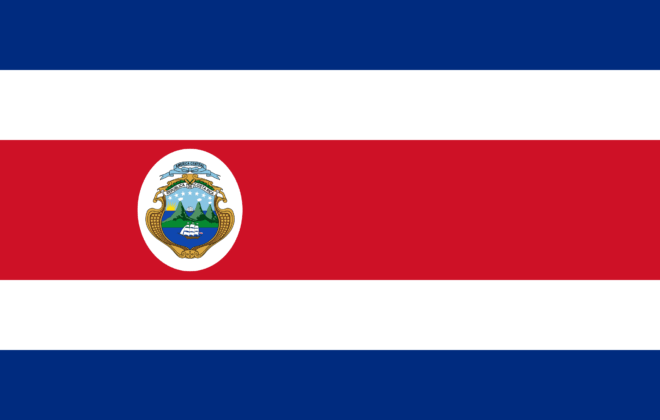Call centers are the backbone of customer service, ensuring seamless communication between businesses and their clients. However, one of the biggest challenges faced by these operations is shrinkage in call centers.
Shrinkage refers to the time agents are unavailable to assist customers due to planned or unplanned activities like breaks, training, absenteeism, or system issues.
In this blog, we’ll delve into actionable steps and tools that can help reduce shrinkage, optimize agent productivity, and enhance overall performance.
What is Shrinkage in Call Centers?
Shrinkage in call centers refers to the portion of total agent time when employees are not available to handle customer calls. It includes both planned and unplanned activities such as:
- Breaks
- Training sessions
- Team meetings
- Absenteeism or tardiness
- System downtime
Understanding and managing shrinkage is crucial for maintaining productivity and meeting customer service expectations.
Types of Shrinkage in Call Centers
Shrinkage can be broadly categorized into two types:
1. Planned Shrinkage
This includes activities that are scheduled in advance, such as:
- Breaks and lunches
- Scheduled training sessions
- Team huddles
- Administrative work
2. Unplanned Shrinkage
This covers unexpected activities, including:
- Agent absenteeism
- Technical issues
- Personal emergencies
- Over-extended breaks
Both types of shrinkage can significantly impact your call center’s performance metrics.
Why is Shrinkage a Problem?
Monitoring and managing shrinkage is a crucial aspect of workforce management in call centers. Generally, a shrinkage rate of 30% to 35% is considered acceptable for maintaining efficiency.
Shrinkage in call centers reduces the number of available agents to handle customer inquiries, leading to:
- Longer wait times for customers
- Increased customer dissatisfaction
- Overburdened agents, leading to burnout
- Higher operational costs due to inefficiencies
By addressing shrinkage, call centers can improve workforce utilization and customer service delivery.
How to Calculate Shrinkage in Call Centers
Shrinkage is calculated as a percentage of total time when agents are unavailable compared to their scheduled time. Here’s a simple formula:
For example:
- Total Scheduled Time: 8 hours (480 minutes)
- Total Unproductive Time: 1.5 hours (90 minutes)
Shrinkage (%)=(90480)×100=18.75%\text{Shrinkage (\%)} = \left( \frac{90}{480} \right) \times 100 = 18.75\%Shrinkage (%)=(48090)×100=18.75%
This percentage helps managers identify inefficiencies and take corrective measures.
Effective Strategies to Reduce Shrinkage
1. Monitor Attendance and Adherence
Consistent monitoring of attendance and schedule adherence is key to reducing shrinkage. Use performance tracking software to:
- Identify patterns of tardiness or absenteeism
- Provide timely feedback to agents
- Reward agents with good attendance records
Action Tip: Automate attendance tracking and integrate it with workforce management systems for real-time insights.
2. Provide Flexibility in Scheduling
Rigid schedules often lead to higher absenteeism. Flexible scheduling options can help agents manage their personal responsibilities while maintaining productivity.
How to Implement:
- Offer shift-swapping options
- Use predictive scheduling tools to align agent availability with call volumes
- Provide remote work options for agents when possible
3. Optimize Training Programs
While training is essential, poorly timed or prolonged sessions can increase planned shrinkage. Optimize training programs by:
- Scheduling them during off-peak hours
- Using microlearning techniques to minimize time away from calls
- Incorporating e-learning modules for self-paced training
Pro Tip: Regularly evaluate the effectiveness of training programs to ensure they align with business objectives.
4. Use Workforce Management Tools
Advanced workforce management (WFM) tools can help predict and reduce shrinkage. These tools provide insights into:
- Real-time agent availability
- Historical shrinkage trends
- Forecasting call volumes
Recommended Features:
- Automated schedule adjustments
- Performance dashboards
- Integration with other call center software
5. Implement Employee Engagement Programs
Engaged employees are less likely to take unplanned leaves or extend their breaks. Foster a positive work environment by:
- Recognizing and rewarding performance
- Providing career development opportunities
- Encouraging open communication
Action Tip: Conduct regular surveys to understand agent concerns and address them promptly.
Key Strategies to Reduce Shrinkage in Call Centers
| Strategy | Action Steps | Impact |
| Monitor Attendance and Adherence | Use real-time tracking tools and reward good attendance | Reduces absenteeism |
| Provide Flexibility in Scheduling | Offer shift-swapping and remote work options | Improves agent satisfaction |
| Optimize Training Programs | Schedule training during off-peak hours and use microlearning | Minimizes planned shrinkage |
| Use Workforce Management Tools | Implement tools to monitor and forecast agent availability | Enhances efficiency |
| Employee Engagement Programs | Recognize achievements and provide growth opportunities | Boosts morale and reduces unplanned leaves |
Conclusion
Reducing shrinkage in call centers requires a proactive approach to workforce management and employee engagement. By identifying the root causes of shrinkage and implementing targeted strategies, call centers can improve agent productivity, enhance customer satisfaction, and reduce operational costs.
At ANY BPO, we understand the challenges call centers face in managing shrinkage while maintaining top-tier customer service. Our solutions are designed to help you optimize your workforce, enhance agent productivity, and deliver exceptional customer experiences. Contact ANY BPO today to learn how we can help you achieve your goals.





















